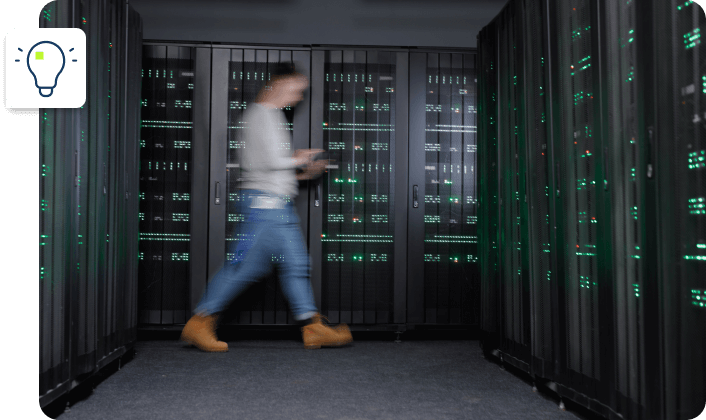
Information
Center
Welcome to our information center. Here you will discover out what’s new with us and in the technology and cybersecurity fields.

Welcome to our information center. Here you will discover out what’s new with us and in the technology and cybersecurity fields.